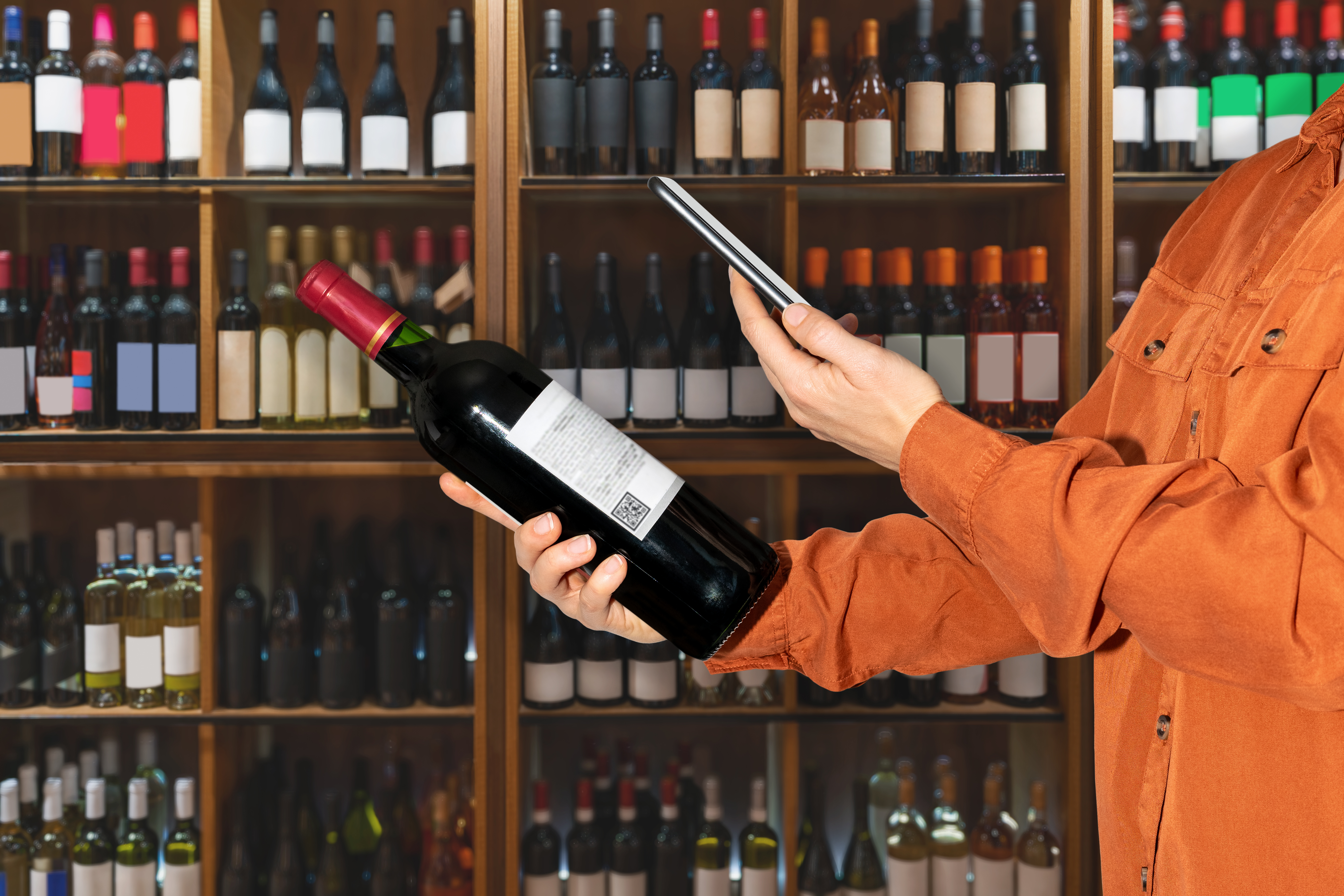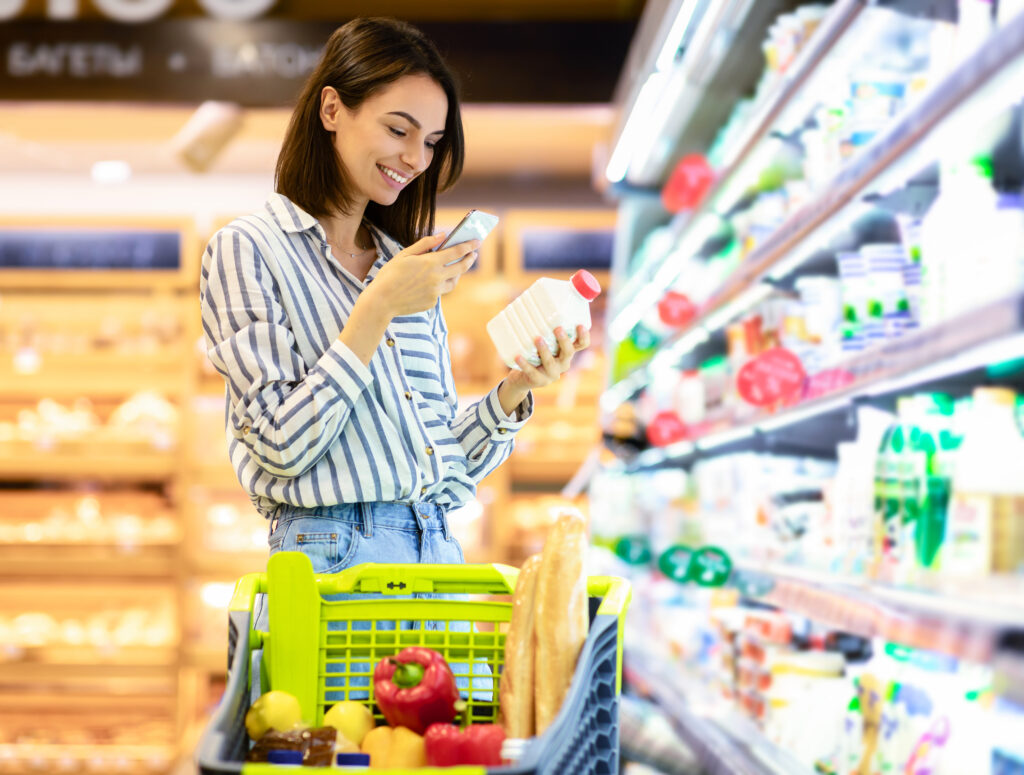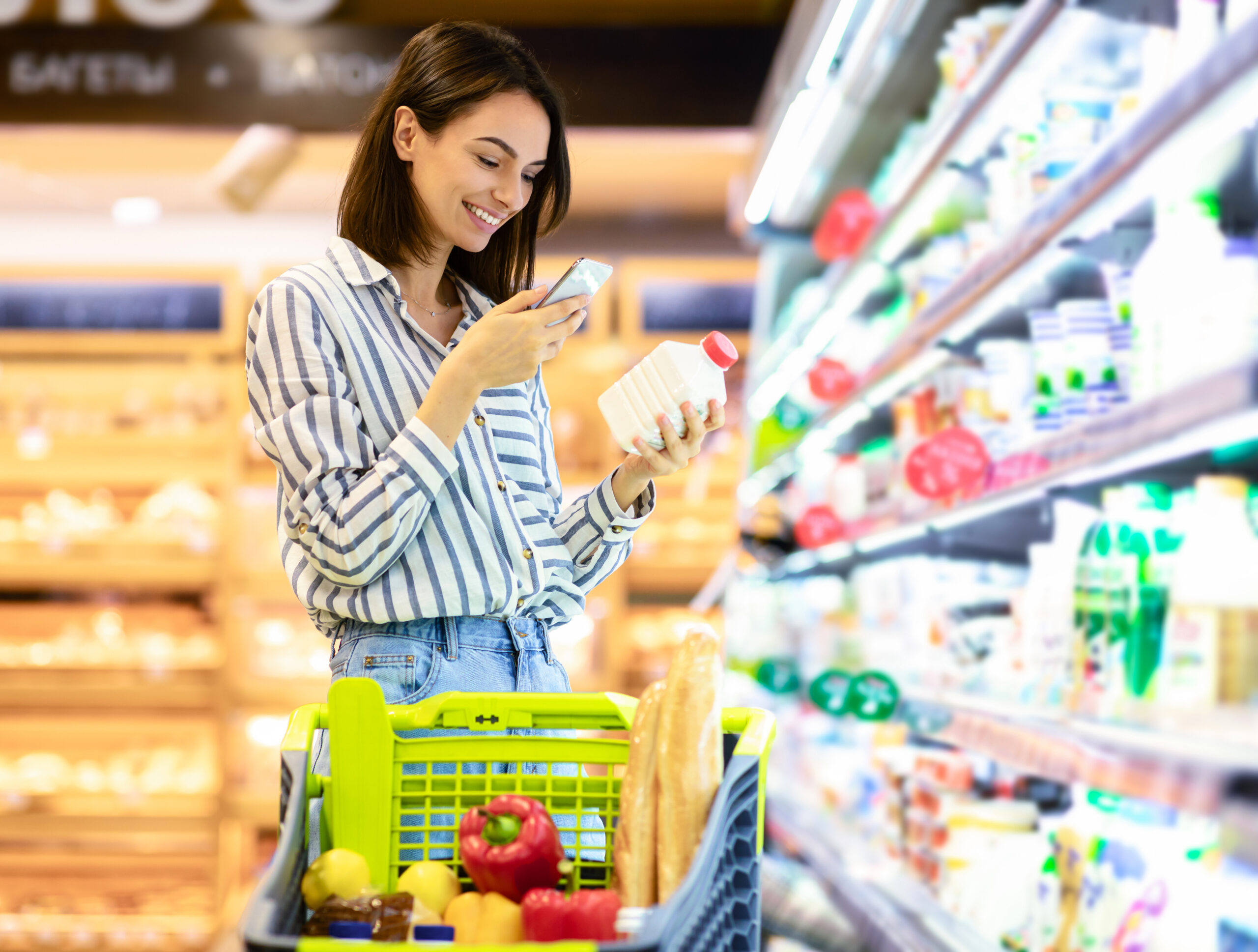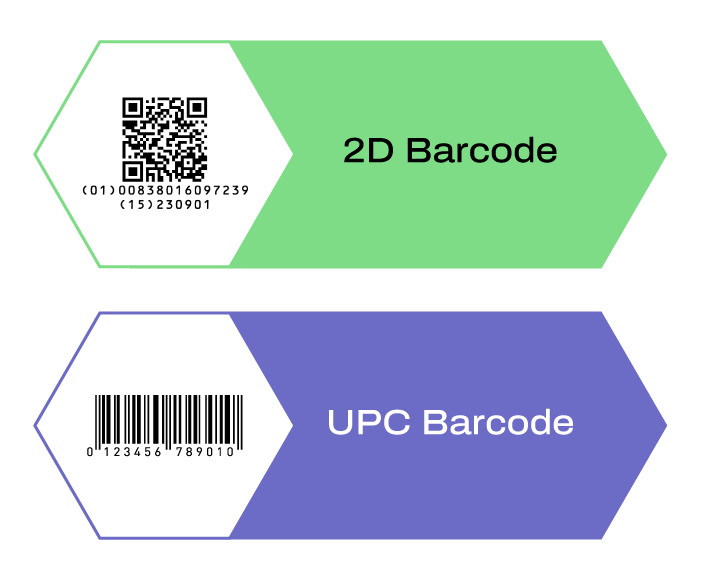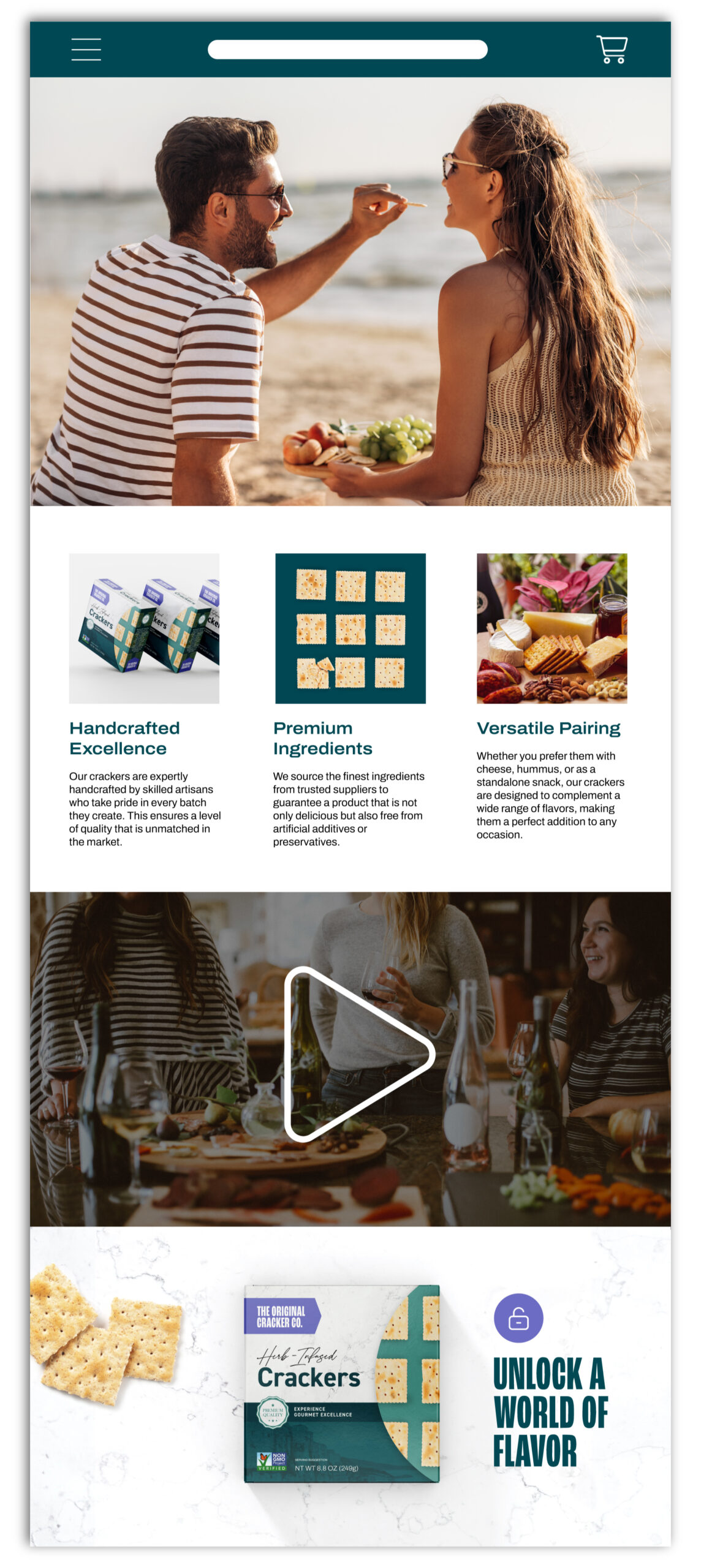Preparing Your Internal Teams for the Introduction of 2D Barcodes on Product Packaging
A major shift in how commerce operates is coming in 2027 and if you sought out this blog, you already know now is the time to start preparing. In 2027 GS1, the global organization responsible for regulating commerce, is introducing a worldwide sunrise of 2D barcodes. This entails a push for all products to have a 2D barcode on its packaging in addition to UPC/EAN barcodes, which 2D barcodes will eventually replace.
While you know this must be a significant priority for all brands and retailers starting now, it may not be such an easy sell to your internal team. That’s why 1WorldSync has put together this blog as a resource for you to educate and persuade your internal organization to make 2D barcodes a priority now.
It is important to note that this is a global sunrise, meaning all suppliers and retailers around the world will be introducing 2D barcodes. During this rollout, it will be necessary to have both a 2D barcode and UPC/EAN on products to facilitate all sales while everyone is building out their systems.
The 2027 2D Barcode Sunrise Basics
If you’re just learning about the 2027 sunrise now, or are looking to explain the basics of what this means, check out this blog here for an overview. That article is a great first step in understanding what to expect with this commerce shift and all the many benefits of 2D barcodes.
What is a 2D Barcode?
To better understand what a shift to 2D barcodes will look like, you have to understand what they are. A 2D barcode is a barcode that can be scanned left to right AND top to bottom, as opposed to a 1D barcode which can only be scanned left to right. A common example of a 1D barcode is the UPC/EAN you see on all products on the market today. An example of a 2D barcode is a QR code or GS1 QR Code. 2D barcodes can store a wealth of information, beyond just the product’s GTIN.
As referenced in our Beyond the UPC blog, brands can leverage the technology behind a 2D barcode to communicate a cradle-to-grave experience with consumers, sharing information such as traceability, nutritional information, ratings and reviews, rich content and promotional materials, recipes, coupons and much more within the barcode. This changes the brand to consumer communication opportunities from once to endless.
You can scan the 2D barcode below to get a sense of the possibilities!
What 2D Barcodes Mean for Business
Not only does a 2D barcode look different from our current 1D barcodes, it also works differently. Unlike the barcodes currently on product packaging, 2D barcodes require optical scanners to be read. An example of an optical scanner is a phone camera that can see the barcode and access all of its information. As the market currently stands, not all scanners in the market have the software to scan a 2D barcode. While it’s not new technology, scanners that have not been purchased in the past decade may need to be updated or replaced in order to read 2D barcodes. Since all products will begin to utilize 2D barcodes in just three years, it’s crucial to ensure that scanners across industries and organizations have the right capabilities to allow them to be read.
In addition to the differences in how they are read, 2D barcodes offer different technology than the standard 1D scanners.
2D barcodes can house myriad information as opposed to the limited data a 1D scanners can keep. 2D barcodes will completely revolutionize the way brands and retailers communicate with each other and with customers. The introduction of 2D barcodes on packaging comes as the perfect time as physical and digital retail continue to merge.
We know that 87% of shoppers use their smartphone to research products while shopping in a store at least some of the time. This means that online product experiences need to mirror and expand upon in-person experiences, and vice-versa. With 2D barcodes, brands can build the customer experience out further by sharing a variety of valuable product content directly with their shoppers. When scanned, 2D barcodes can give shoppers information they couldn’t get just from packaging, like coupons, ratings and reviews, recipes, detailed product information, videos and more. Brands who are looking ahead know 2D barcodes offer a unified commerce opportunity, and they’re seizing it.
Below is an example of the type of rich content, often seen on e-commerce PDPs, that can be surfaced through a 2D barcode scan.
Now that we know the basics about 2D barcodes, let’s get into the action items. To introduce a new technology across the entire world will take a lot of work. Here are the teams that need to be involved now.
Internal Team Action Items
Many key players will need to take the lead when it comes to introducing 2D barcode technology across brands and suppliers. Here are some of those teams and their new responsibilities.
Brand and Marketing: Brand and marketing teams will be responsible for the design, branding and rollout of the 2D barcode updates. These teams will also be responsible for the content within various links housed in the 2D barcode. Brand and marketing teams will have nearly unlimited opportunities for content within the new barcodes including adding ratings and reviews, rich content that invites better consumer engagement, suggestions for product use, coupons and much more.
Data Management: Data teams should be in the mix now, ensuring the organization is prepared for the sunrise and the right data is shared and collected.
Sales: The sales team will be responsible for communicating this packaging and capability change to their customer network.
Packaging: Packaging engineers will be responsible for putting new 2D barcodes on each product. During the rollout, it will be important to work with the placement of both a 2D barcode and a 1D barcode. This might result in various packaging changes and updates over time.
Technology: Tech teams will work to enable the new technology, including in some cases individual barcodes with SKU-specific or production-specific information. Based on what information is to be placed in the 2D barcode, support for inline printing of barcodes might be required.
Production: This sunrise will introduce a huge task for production teams to work out how barcodes with individual product information can be printed inline.
There are few teams within an organization that won’t need to take on additional responsibilities to achieve the 2D barcode standard. Given the breadth of work, it’s clear that getting started now gives each organization the best opportunity to succeed.
Get Started on the Sunrise Today
1WorldSync is working with our customers to ensure they are ready for the sunrise. Reach out to our team to get started with your 2D barcode transition today.
Related Posts

